The Problem With AI - Bias in Programming
- Angela Novelli
- Jun 9, 2023
- 3 min read
Updated: Dec 23, 2024

The use of artificial intelligence (AI) in companies around the globe has continued to grow rapidly over recent years. AI has been utilized in many aspects of business, from recruiting to copywriting to online search analytics. However, streamlining many of these tasks and bringing more efficiency to the workplace does not come without underlying issues. The programming that builds AI software is almost always subject to bias, whether intentional or not. Bias in AI is very problematic and unjust when it comes to amplifying existing bias present in our society and culture. Therefore, it is important to identify the sources of these biases and take steps to correct them.
Why is There Bias in AI?
AI is programmed by algorithms that use data entered by humans. Studies show that we all have some form of unconscious bias in our minds, which then gets transferred to the data used by AI. The AI then automates these biases, increasing the likelihood of systemically unfair situations for many affected individuals. Without diverse teams and extensive testing before putting AI software into place, it can be fairly simple for humans’ unconscious biases to enter machine learning systems.
Effects of AI Bias on Business
Many companies today are working hard to put diversity and inclusion strategies into their businesses, including anti-discrimination policies, employee bias training, and diverse recruiting programs. These efforts could be undermined if everyday operations run by AI display proof of bias by automating discriminatory results. This can bring a severely negative impact to a business by ruining its reputation. If a particular group of individuals find that they are victims of discrimination due to unconscious bias in AI and machine learning systems, they can spread the word to others and cause the company’s good reputation to become tarnished. In addition, the company responsible might find a decrease in sales, trouble with recruitment, and decreased retention among their staff.
How to Reduce Bias in AI
There are several ways to attempt to reduce the bias found in AI and machine learning systems. While it can be difficult to eliminate bias completely, utilizing these strategies can certainly assist in the efforts:
Human-in-the-Loop Systems
These systems are put into effect to do what neither a computer or a human can accomplish on their own. Having someone interfere with AI’s automation provides the opportunity for a feedback loop which allows the AI to learn and improve its precision and datasets.
Build a Diverse Team
Bias is normally the result of certain perspectives, so having more than one unique outlook can help reduce the bias found in AI’s data. A diverse team which includes different racial and gender identities and economic backgrounds will be more effective in noticing different unconscious biases before they are put into the automation.
Testing Algorithms Based on Real Life
Extensive testing is a very important part of using AI in business. It is crucial to make sure that the system is tested in a manner that reflects how one might utilize the algorithm in the real world. For instance, data put into an AI’s algorithm that is based on one set of job seekers will be the data that is used in the future on a different set, where it will then apply prejudices based on the first dataset it learned.
Bias in AI can come at a great cost to a business, so it is highly important to take the steps to reduce it as much as possible. Unconscious bias based on one’s own perspectives or influence of societal factors will find its way into AI algorithms, which results in discrimination against groups of individuals. AI has brought great improvements to efficiency in the workplace, but as with many new technologies, there is always room for improvement.
Sources:





Comments